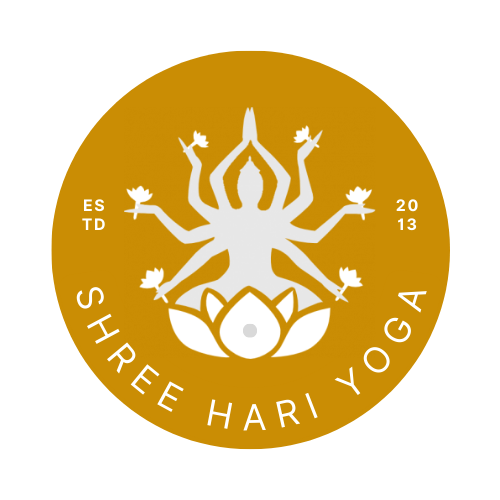Table of Contents
Toggle6 Types of Yogic Kriyas
What Are Kriyas?
Kriyas are Ayurvedic practices designed to purify the body. Practicing kriyas can increase physical awareness, improve digestion, reduce common illnesses, and boost energy levels. In Hatha Yoga, six purification techniques are called Shatkarma Kriyas.
1. Neti – Purification of the Nose
Neti kriya cleanses the nasal passages and nostrils. Practitioners can use water (Jal), thread (Sutra), milk (Dugdha), or ghee (Ghrita). Moreover, it relieves facial tension, improves skin glow, and reduces anxiety and mental blockages.
Jala Neti Technique:
-
Fill a Neti Pot with warm salty water (38–40°C, 1 tsp salt per litre).
-
Lean over a sink and insert the spout into your right nostril.
-
Tilt your head to allow water to exit through the left nostril. Next, repeat for the other nostril.
-
Finally, exhale forcefully 3–5 times per nostril to complete the cleansing process.
Benefits:
-
Strengthens eyesight and soothes tired eyes
-
Improves memory and concentration
-
Prevents head colds and sinusitis
2. Dhauti – Purification of the Esophagus and Stomach
Dhauti removes toxins from the stomach and esophagus. Interestingly, its method mimics how an elephant uses its trunk to cleanse its stomach.
Dhauti Technique:
-
Mix 1 tsp salt in 2 litres of warm water (40°C).
-
Stand upright and drink the water quickly, glass by glass.
-
Simultaneously press the tongue down while gently pressing the lower belly.
-
The water will naturally be expelled within a minute.
-
It is recommended to repeat this once or twice a week, preferably in the morning on an empty stomach.
Benefits:
-
Reduces acidity, allergies, and asthma
-
Eliminates bad breath
3. Nauli – Abdominal Muscle Rotation
Nauli massages abdominal organs and strengthens core muscles. Consequently, it improves digestion and balances energy flow throughout the body.
Nauli Technique:
-
Stand with feet slightly apart and take a deep inhalation through the nostrils.
-
Exhale while bending forward, placing hands on your thighs.
-
Contract central and side abdominal muscles to create a suction effect.
-
Afterward, return to standing when you need to breathe. Repeat 5–6 times.
-
Gradually, move abdominal muscles from side to side and then in a circular motion.
Benefits:
-
Massages abdominal organs and intestines
-
Helps regulate blood pressure and prevent diabetes
-
Improves skin conditions and relieves heartburn
4. Basti and Shanka Prakshalana – Complete Cleansing of the Intestines
Basti purifies and tones the abdomen and internal organs. Meanwhile, Shanka Prakshalana focuses on intestinal cleansing through water, salt, and yoga postures.
Shanka Prakshalana Technique:
-
Warm 6–7 litres of water to 34–40°C and add ½ tsp salt per litre.
-
Drink the water quickly while maintaining its temperature.
-
Next, perform stretches and twists such as Trikonasana, Triyak Bhujangasana, Side Bending, Meru Prishthasana, and Tadasana after each glass of water.
-
Finally, practice Ashwini Mudra to stimulate intestinal movement.
Benefits:
-
Detoxifies the body and purifies blood
-
Improves digestion
-
Cures skin issues and allergies
5. Kapalbhati Pranayama – Cleansing the Frontal Sinuses
Kapalbhati is a breathing exercise that clears the mind, purifies the brain, and boosts energy. Furthermore, it strengthens the respiratory system and enhances mental clarity.
Kapalbhati Technique:
-
Bend forward slightly and inhale deeply through the mouth 25–50 times.
-
Exhale quickly and forcefully through the nose.
-
Then, repeat while turning the head left or right.
-
Afterwards, rest for 1–2 minutes to allow your body to relax.
Benefits:
-
Revitalizes the body and mind
-
Improves nasal blood flow
-
Strengthens the respiratory system
-
Reduces stress and promotes inner calm
6. Trataka – Concentration on a Point or Candle Flame
Trataka improves vision, focus, and mental discipline. By practicing regularly, it develops attention and strengthens mental resolve.
Trataka Technique:
-
Sit in a meditation position facing a candle at arm’s length.
-
Close your eyes and recite a mantra internally.
-
Open your eyes and gaze at the candle flame, focusing on its brightest part.
-
Next, close your eyes and visualize the flame internally. Repeat three times.
Benefits:
-
Strengthens eyes and improves memory
-
Addresses bedwetting and sleep issues
-
Enhances concentration, willpower, and insight





